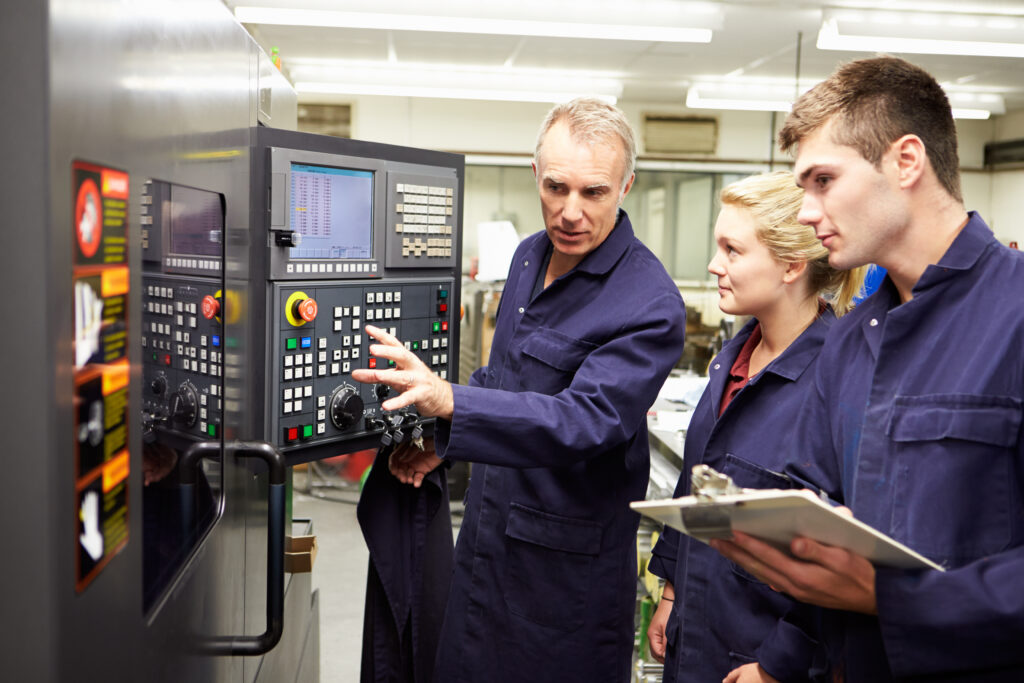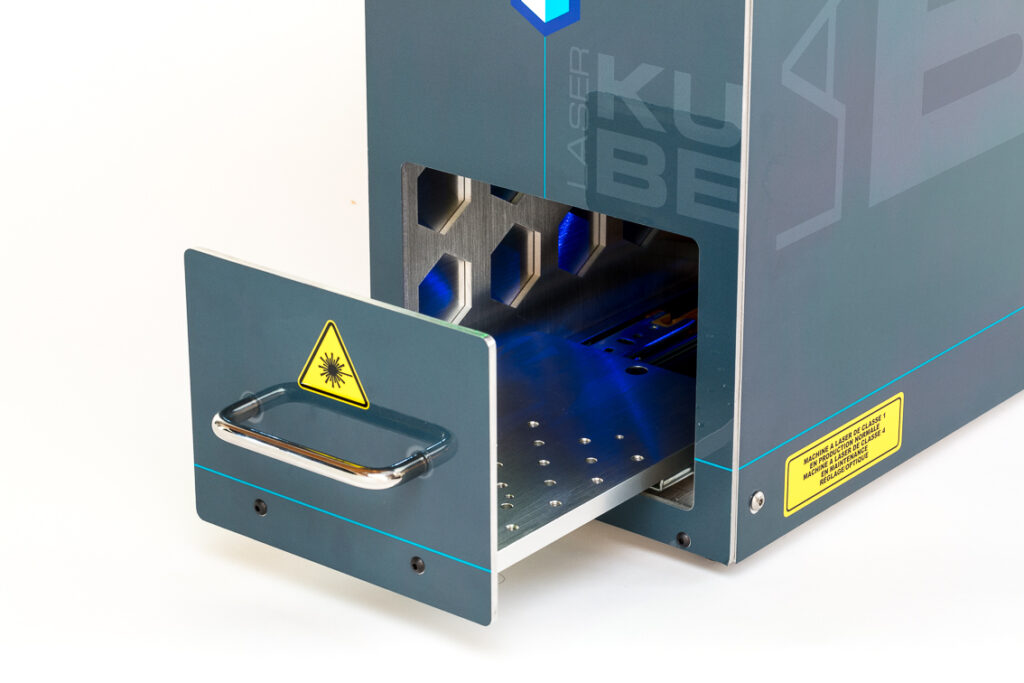The use of a laser machine, whether for personal, craft or professional purposes, requires compliance with certain safety standards. Indeed, although this equipment is highly efficient, it can also present risks to health or the working environment if not used correctly. In this article, we take a look at the regulations in force, the best practices to adopt, and the requirements for using your laser machine with complete peace of mind.

Why must laser machine standards be respected?
First of all, laser machines emit a powerful beam, often invisible to the naked eye. This beam can cause burns, eye damage and even fires if misused. What’s more, cutting or engraving certain materials can generate toxic fumes. This is why several standards have been established to govern their use.
The main standards to know
EN 60825-1 standard
This is the reference standard in Europe. It defines laser hazard classes from 1 to 4. Here’s a summary:
- Class 1: safe under normal conditions.
- Class 2: visible beam, limited risk to the eye with short exposure.
- Class 3R / 3B: potentially hazardous, especially for eyes.
- Class 4: the most powerful lasers, with eye, skin and fire hazards.
CO₂ , fiber and UV lasers used in engraving or cutting often belong to class 4, which implies precise obligations.
Machinery Directive 2006/42/EC
This European directive governs the safety of work equipment. All machines placed on the market must comply with this directive, bear the CE mark, and be supplied with clear instructions.
EN 60204-1 standard
It deals with the electrical safety of machines. This includes earthing, overvoltage protection and emergency shutdown.
Good practices to adopt
Even if the machine complies with standards, the user also has an essential role to play. Here are a few tips to follow:
- Wear safety goggles appropriate to the type of laser used if the machine is not enclosed.
- Install a fume extraction system on the machine.
- Do not leave the machine unattended, especially when cutting.
- Train users in basic safety rules.
- Maintain machine regularly, especially optics and filters.
What obligations do professionals have?
If you use a laser machine in a professional setting, other rules may apply:
- Risk assessment in accordance with the French Labour Code.
- Provision of a safety data sheet for employees.
- Declaration to the relevant bodies (Labour Inspectorate, DREAL, etc.) if the activity falls within an industrial framework.
What’s more, depending on your activity, appropriate professional insurance is strongly recommended.
What does the law say in France?
In France, there is as yet no single specific regulation dedicated to office laser machines. However, they are still subject to European regulations and general safety requirements. In the event of an accident, the user may be held liable if he or she fails to observe the rules of caution.

At LaserKube, safety is a priority
At LaserKube, all our machines are CE-certified and supplied with the necessary protective accessories.
LaserKube incorporates a class 4 laser, but the housing and RFID safety switches make it a class 2 machine. Protective eyewear is not required.
What’s more, we provide practical guides and responsive customer service to support you every step of the way, from installation to use.
In conclusion
Using a laser machine means gaining access to powerful, precise technology. However, to make the most of it, it’s essential to comply with current standards. This means choosing equipment that conforms to standards, as well as simple everyday gestures such as wearing protective gear, proper ventilation and training. By following these recommendations, you can work safely and confidently.
👉 Need advice on choosing a standards-compliant machine? Contact the LaserKube team today!
